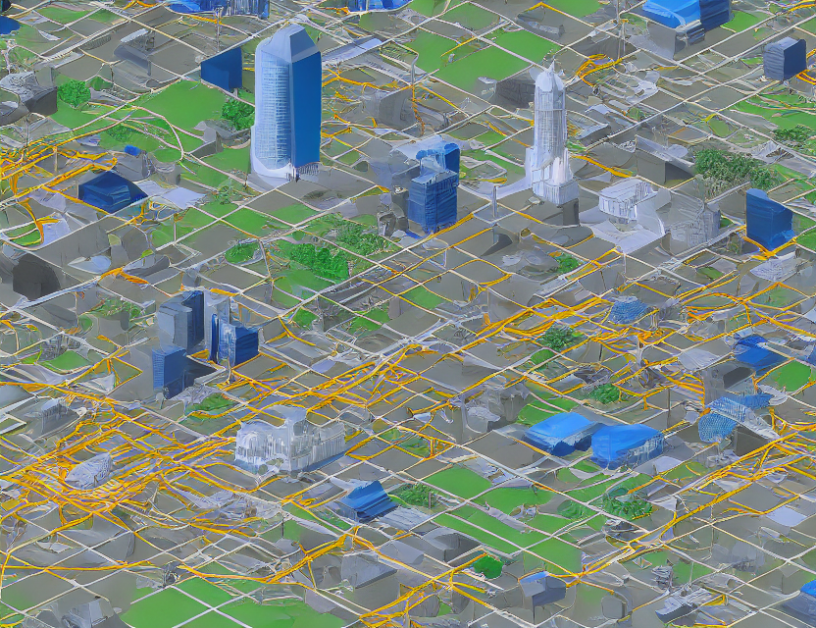In this article, we present a new method for reconstructing trajectories in computer vision tasks using multi-scale dictionaries. These dictionaries are like toolboxes filled with different tools (vectors) that help us represent trajectories in a more efficient and accurate way. By using these dictionaries, we can reduce the computational resources required for reconstruction while maintaining similar performance to existing methods.
To understand how this works, imagine you’re trying to find the shortest path between two points on a map. You could use a single tool (vector) to represent the entire path, but that would be like carrying a heavy backpack with all your maps and compasses in it. Instead, we use multiple tools (vectors) that are specifically designed for different parts of the journey. This makes it easier to navigate and find the shortest path more quickly.
Our method involves solving a optimization problem to find the best combination of these vectors (tools) that represent the trajectory. We use gradient descent to fine-tune the solution and ensure it’s as accurate as possible. The result is a more efficient and effective way to reconstruct trajectories in computer vision tasks.
We evaluate our method on two datasets and compare it to existing methods. Our approach generates more compact and effective dictionaries, reduces the representation cost, and produces a feasible solution with low computational cost within three random sampling cycles. These results demonstrate the effectiveness of our method for reconstructing trajectories in computer vision tasks.
In summary, this article presents a new method for reconstructing trajectories in computer vision tasks using multi-scale dictionaries. By using these dictionaries, we can reduce computational resources while maintaining similar performance to existing methods. Our approach involves solving an optimization problem and fine-tuning the solution using gradient descent to ensure accuracy. The results show that our method is more efficient and effective than existing methods for reconstructing trajectories in computer vision tasks.
Computer Science, Machine Learning
Improved Dictionary Formation for Efficient Geographic Routing in Mobile Ad-Hoc Networks



